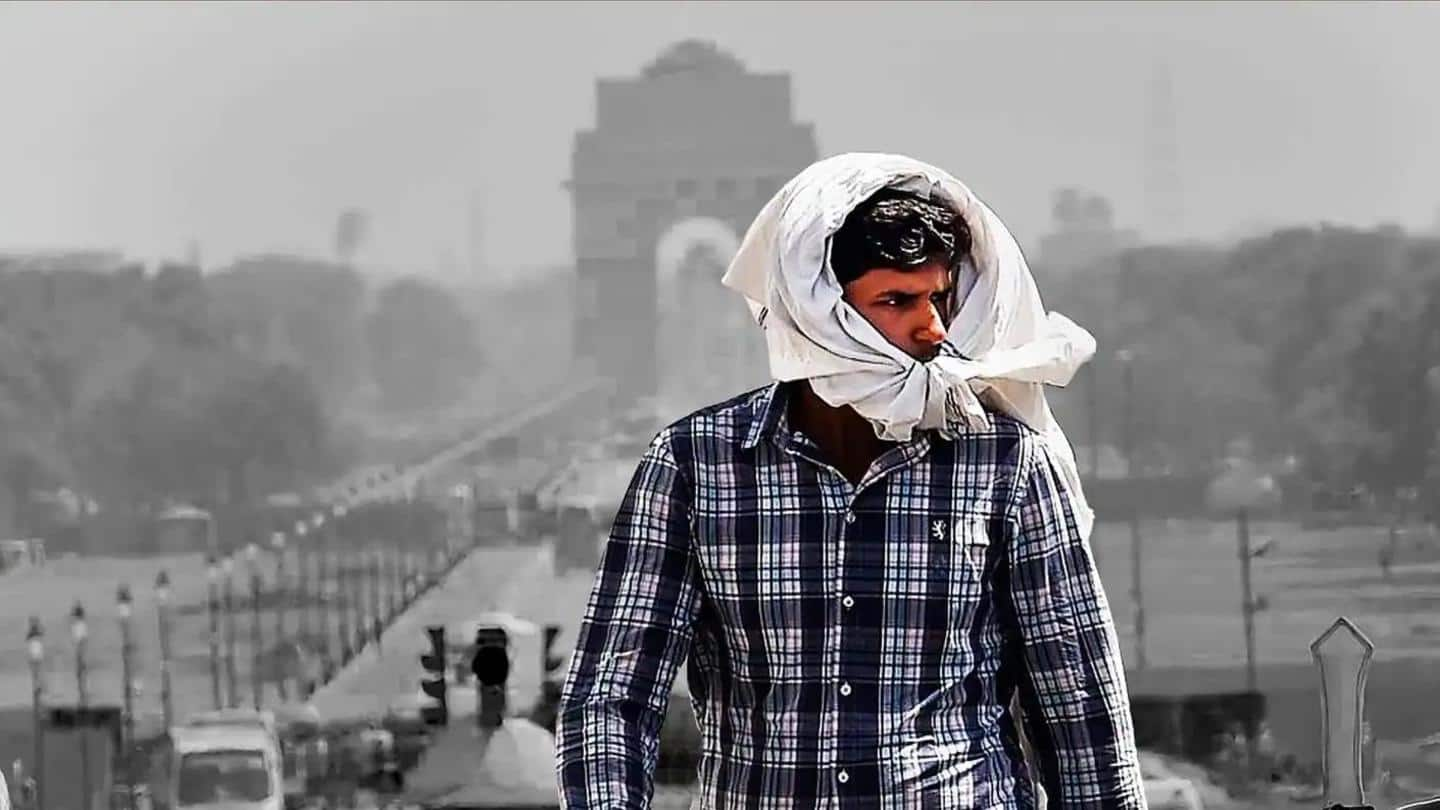
Heatwave in Delhi: Sigh of relief, but not for long
What's the story
The India Meteorological Department's (IMD) latest prediction that Delhi will witness no heatwave till Sunday has come as a breather for the national capital. However, the IMD warned of the hot spell making a comeback on Monday. Meanwhile, PM Narendra Modi recently chaired a high-level meeting where he advised states/union territories to put "heat action plans" in place at state, city, and district levels.
Context
Why does this story matter?
The IMD predicted northwest India, including Delhi, and central India will likely witness heatwave conditions next week after a brief respite. Notably, this year, northwest and central India experienced the hottest April in 122 years due to meager rainfall. The sweltering heat across most parts of India has increased power demand as well, resulting in coal shortages and power blackouts in several states.
Heatwave
Less severe heatwave conditions likely to return next week
Heatwave conditions are likely to return next week in Maharashtra, Vidarbha, Rajasthan, Haryana, Uttar Pradesh, Madhya Pradesh, and Delhi, said the IMD. The IMD officials, however, noted that this heatwave spell would not be as severe as the one witnessed in the last two months. Moreover, the IMD said the maximum temperature in Delhi is expected to hit 45 °C on Wednesday (May 11).
IMD prediction
Maximum temperatures to rise over northwest, central India
Also, maximum temperatures in the northwest and central India are expected to gradually rise by 2-3 °C over the next four to five days, according to the IMD. Additionally, it said that the new round of heatwave conditions might arrive in northwest India as early as Saturday and central India on Sunday, the IMD predicted.
Rainfall
Heavy rainfall predicted over eastern coastal states: IMD
A low-pressure area that developed over the South Andaman Sea on Friday is expected to intensify into a cyclonic storm early next week, leading to heavy rainfall in eastern coastal states. The Odisha government has put its disaster response and fire service teams on high alert. The IMD also predicted moderate rainfall in Bihar, Jharkhand, West Bengal, and Sikkim over the next five days.
Climate Change
Climate change is affecting India
In March, Abinash Mohanty, Programme Lead at the Council on Energy, Environment, and Water (CEEW), said IMD's heatwave alerts reflect the effects of climate extremes in recent years. This is consistent with projections of the Intergovernmental Panel on Climate Change report. "Increase in the intensity and frequency of extreme events...is a result of human-caused landscape disruptions...which causes temperature and precipitation anomalies," Mohanty had stated.
India's landscape
Rampant change in landscape causing extreme weather conditions
According to CEEW's Climate Vulnerability Index, Indian districts' landscape attributes (tree cover, forest coves, wetlands, and mangroves, among others) have changed by 45%, causing such extreme weather conditions. "Rapid deployment of nature-based solutions can mitigate the impact of climatic extremities. They also pay a double dividend of enhancing resilience by generating socio-economic and environmental benefits that can climate-proof lives and livelihoods," Mohanty had asserted.